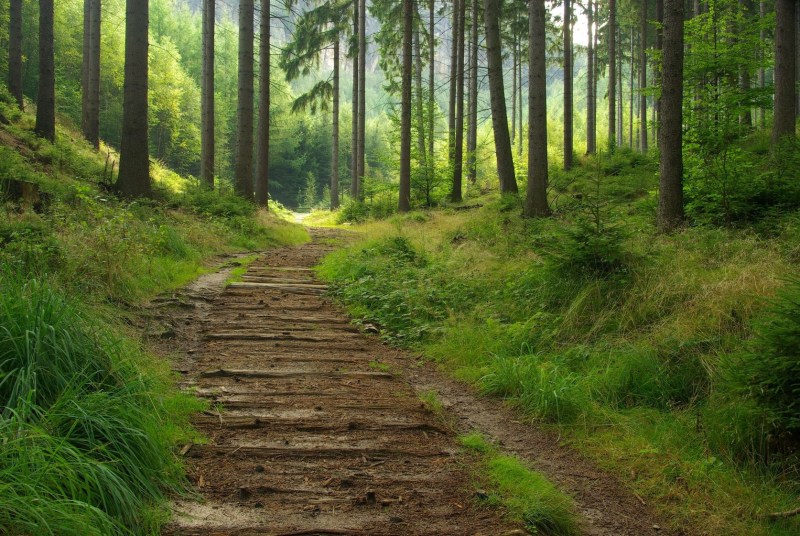
It’s great that more people are going hiking in the U.S. National Parks, but the extra 24 million visitors in the last year alone have presented some… frustrations with those of us who flock to the outdoors for solace and to surround ourselves in nature.
No, you were not going crazy last summer when it felt like every trail was packed and the parking lot at the trailhead was a nightmare of no spaces and wait-and-seers.
The fitness wearables wizzes at TomTom also took notice and decided to team up with the National Park Foundation to create curated maps that go “Off the Beaten Path.”
So grab your flag and get ready to explore (nearly) untrammeled terrain this summer. TomTom’s Off the Beaten Path maps reveal hidden gem trails hiding in the great expanses of our National Parks.
Download from a slew of maps here. Determining your compatibility with the route, download the map, and save the zip file to upload to your GPX device or app. Yep, it’s that easy to go full-on Lewis and Clark.
Some of the maps take you off road at the Grand Canyon, to a horse-riding loop at Saguaro National Park, alongside an old volcano with wicked-difficult terrain in California, a secret hill hike kept by local San Francisco ecologists, face-to-face with pristine alpine lakes, and much, much more.
As of right now, TomTom offers 23 secret trails in “Off the Beaten Path.” The fitness wearables company has also solidified its commitment to working with our National Parks by donating $5 from every TomTom Adventure sold between April 10-23 (
Less talked about right now is that TomTom sees this “Off the Beaten Path” project as just beginning.
The company even enlisted a handful of social influencers like Kat Carney and Christine Donaldson to share their favorite “off the beaten path” trails, but these haven’t been added to the list yet. We have an inkling that pretty soon an entire world of new trails will be revealed.
Which is better than Christmas morning for us trail runners and outdoor explorers.
Because sure, it’s great more people are getting outdoors, but if we wanted crowds and lines, we’d have gone to Disney World.


